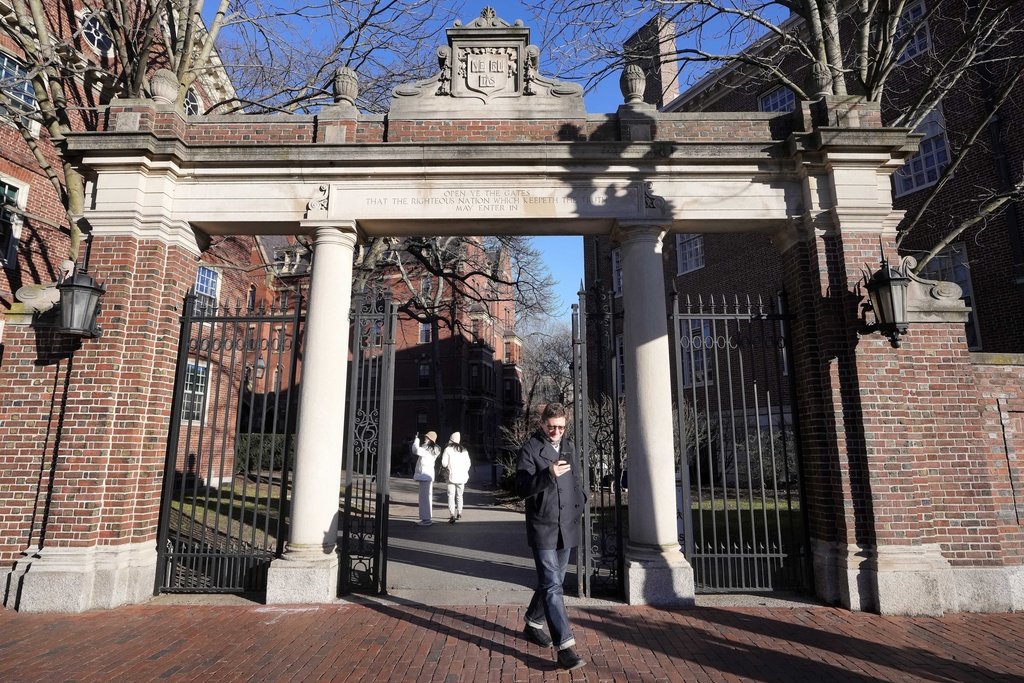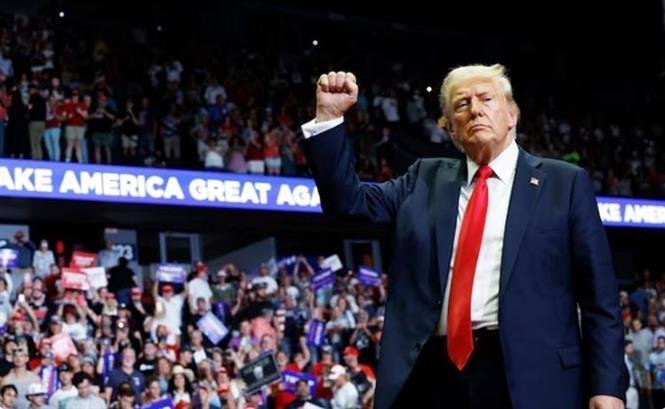
In recent years, higher education in the United States has been facing significant challenges. One of the most prominent issues is the US government’s decision to tighten funding for top universities. As the cost of education continues to rise, universities across the country are feeling the weight of reduced financial support. This shift in policy has sparked widespread debate about the future of academic institutions and the broader implications for students, faculty, and the economy.
### **The US Government’s Shift in Funding Priorities**

The US government has long been a key player in supporting higher education through various funding mechanisms, including research grants, student loans, and direct financial aid to universities. However, recent years have seen a noticeable shift in these funding priorities. The government has implemented stricter budgets for research grants and other educational funding sources, causing universities to adjust their financial strategies.
This tightening of funding is part of a broader trend of fiscal conservatism, with policymakers focusing on reducing government expenditures. The impact has been felt most acutely by top-tier universities, many of which rely heavily on federal funding to maintain their high academic standards, innovative research programs, and infrastructure.
### **The Impact on Research and Innovation**
One of the primary concerns resulting from reduced government funding is the potential impact on research and innovation. Top universities in the US are renowned for their groundbreaking research, which has led to significant advancements in fields such as medicine, technology, and engineering. Federal research grants have historically been a major source of funding for these initiatives.
As funding becomes more limited, universities are facing increased pressure to secure alternative sources of income. While private sector partnerships and philanthropic donations play a role, they often come with strings attached, and their funding does not always align with the universities’ core academic missions. Consequently, the reduced government support could stifle innovation and hinder the progress of crucial research projects.
### **Student Access and Financial Aid Concerns**

Another critical aspect of the funding cuts is the potential impact on students, particularly those who rely on federal student loans and financial aid. The US government has historically been a significant source of financial assistance for students pursuing higher education. With tighter budgets, universities may face challenges in offering the same level of financial aid and scholarships to students from low-income backgrounds.
This could lead to increased tuition fees, making it more difficult for students to afford a college education. In turn, this could exacerbate existing inequalities in higher education, with wealthier students having access to better opportunities, while those from lower-income families are left with fewer options. The financial burden placed on students may also discourage potential applicants, especially those who are already hesitant about the rising costs of college education.
### **Pressure on University Administration and Faculty**
As universities grapple with reduced government funding, the pressure on administrators and faculty members has intensified. University leaders are tasked with finding creative solutions to maintain academic quality while dealing with budgetary constraints. This often means making difficult decisions, such as cutting certain programs or laying off faculty members.
In some cases, faculty members have expressed concerns about the growing commercialization of universities, with more emphasis being placed on profit-driven initiatives rather than academic excellence. Some fear that these budget cuts could lead to a shift away from a focus on teaching and research, instead prioritizing programs that generate revenue for the institution.
### **The Role of Private Funding and Corporate Partnerships**

In the face of shrinking government support, many universities have turned to private funding and corporate partnerships to bridge the gap. While these partnerships can provide much-needed financial resources, they also come with their own set of challenges. Corporate sponsorships, for instance, may come with expectations that the university will prioritize research that benefits the sponsor’s interests.
This shift towards private funding raises concerns about the potential for conflicts of interest, with universities becoming more beholden to external stakeholders rather than their students and faculty. Additionally, there is a growing concern that the reliance on private funding could undermine academic independence, as universities may feel pressure to align their research agendas with the priorities of their corporate partners.
### **The Political Debate: Balancing Fiscal Responsibility and Education**
The issue of government funding for higher education has become a highly politicized topic in the US. On one hand, proponents of reduced government spending argue that fiscal responsibility is necessary to ensure the long-term health of the nation’s economy. They believe that universities, especially those that are financially successful, should be able to secure private funding and operate more efficiently without relying on federal aid.
On the other hand, critics of funding cuts argue that education is a public good that should remain accessible to all, regardless of financial background. They contend that the government has a responsibility to invest in education as a means of promoting social mobility, economic growth, and innovation. According to these critics, cutting funding to universities disproportionately harms low-income students and undermines the future competitiveness of the nation.
### **The Impact on Global Competitiveness**

The United States has long been a global leader in higher education, attracting top talent from around the world. However, the tightening of funding and increased pressure on universities could jeopardize the country’s position as a global leader in education and research. Many foreign students choose to study in the US because of the high quality of education and research opportunities available at American universities.
If the quality of education begins to decline due to reduced funding, it could lead to a shift in the global academic landscape. Other countries may seize the opportunity to attract top students and researchers, ultimately diminishing the US’s competitive edge in critical fields like science, technology, and innovation.
### **Long-Term Consequences for Higher Education in the US**
The long-term consequences of tightening funding for top universities are far-reaching. While short-term cost savings may appear attractive, the long-term impact on the quality of education, research output, and societal development could be detrimental. Universities play a critical role in shaping the future workforce, driving economic development, and contributing to cultural and social progress.
If the government continues to limit funding, it may push universities to adopt a more corporate model, which could prioritize profitability over academic integrity. This shift may lead to a loss of public trust in higher education institutions, as they become more focused on revenue generation than on providing high-quality education and fostering intellectual growth.

### **Conclusion: A Call for a Balanced Approach**
The issue of government funding for universities is a complex and multifaceted one. While the government’s focus on fiscal responsibility is understandable, it is crucial that the importance of higher education is not overlooked. A balanced approach is needed—one that ensures universities have the resources they need to maintain academic excellence, drive innovation, and provide equitable opportunities for all students.
By investing in higher education, the government not only supports the academic institutions but also strengthens the nation’s economy and global competitiveness. It is essential for policymakers to recognize the long-term benefits of investing in education, as the future of the United States depends on the intellectual capital


